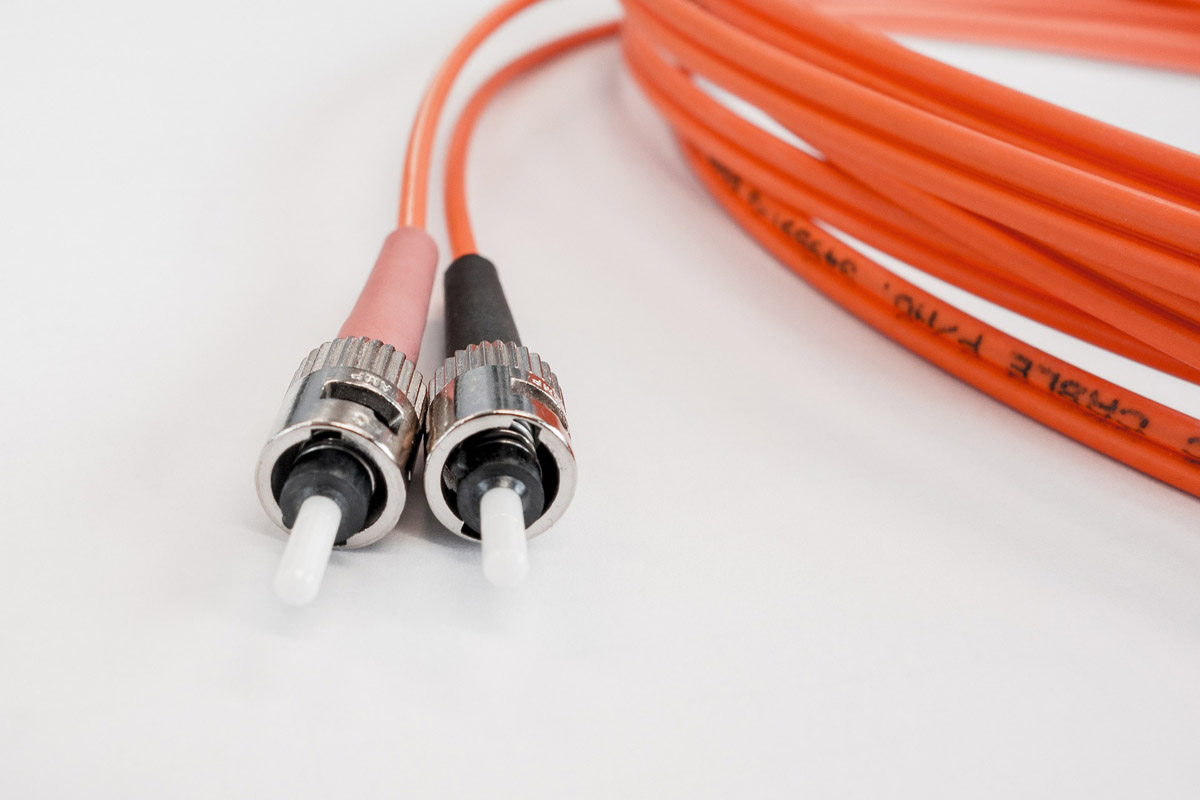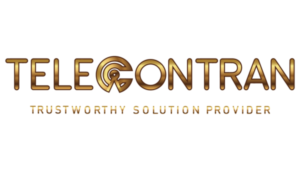Workshop on Fiber Optics
3 DAYS
INSTRUCTOR LED WORKSHOP
“OUR COURSES CAN BE SPECIALLY TAILORED TO ADDRESS YOUR REQUIREMENT – TELECONTRAN”

COURSE OBJECTIVES
The major driving force behind the widespread use of fiber optics communication is the high and rapidly increasing consumer and commercial demand for more telecommunication capacity and internet services. Advances in technology have enabled more data to be conveyed through a single optical fiber over long distances.
With the advancement of the Telecom network towards 4G, 4.5G and now the 5G, High Speed data transmission is mandatory which can be provided by Optical Transmission. The day is not far when Fiber optic will be the only backbone for all transmission system.
Telecontran offers this 3-day workshop on Fiber Optics that covers an overview of Fiber Optic Technology along with its components, Installation, maintenance, safety features, testing as well as a comprehensive business and technical foundation in optical networks, services and applications development.
After successful completion of this course participants will be able to:
- Understand the market trends and development for fiber optics which is now encroaching into many aspects of our day to day uses.
- Gain a comprehensive technical foundation in optical networking and its services and applications development
- Learn about Fiber cable Installation, termination and splicing
- Make informative decisions on cable design and alternative construction for various environments
- Learn about FTTx and necessary loss budgets along with the safety margins.
COURSE CURRICULUM
This course is specially designed for Engineers, Managers and Professionals who want a comprehensive overview on Optical Networking.

- Fiber Cable Preparation for Installation, Termination and Splicing
- Testing Fiber Cable from End to End using hand held testing kits
Module 1: Introduction of Fiber optics
- Optical fiber structure analysis.
- Major advantages of fiber optic technology.
- Symbols and notations used in optical communication.
- Applications and future trends of fiber optics.
- Classification of optical fiber and optical fiber cables.
- Signal losses in fiber optics.
- Basic Fiber Optic Terminology
- Three Critical Considerations
- Optical Fiber Transmission System
- Fiber Optic Standards
- Fiber Comparison
- Typical Transmission Rates
- System Topologies
- Advantages and Disadvantages of Fiber Optics
Module 2: Basics Components Used in Network Designing of Fiber Optics
- Fiber Characteristics and Specifications
- Multimode Fiber Types
- Multimode Fiber Bandwidth
- Single-mode Fiber Types
- Dispersion-compensating Fiber
- Fiber Optic Color Coding
- Application Areas of Optical Fiber
- Main Connector Components
- Multifiber Connectors
- DWDM Influenced Single-mode Connectors
- Termination Techniques
- Fiber Optic Connector Inspection
- Single-mode Field Connector Issues
- Attenuators
- Terminators
Module 3: Optical Fiber Cable Installation and Restoration
- How the optical fiber cable installation can be categorized in different types
- ITU-T Standard Optical fiber cable installation guidelines.
- How to handle cable during duct direct buried installations
- Methodologies to establish fiber optic cable spans in the field.
- Cable restoration techniques and typical causes of cable failures.
- Equipment and tools used in restoration.
- What are the important safety concerns in optical fiber handling
Module 4: Jointing Splicing & Connectors
- Methods used for jointing optical fibers
- Why do we need splicing
- What are the requirements of a good splicing
- What issues affect Splicing Performance
- Splicing techniques (Fusion & Mechanical) and their features.
- Mechanical splicing process and commonly used types.
- Ideal connector features and techniques used in connectors.
- Commonly used connectors and their assembly processes.
- Connector vs splicing comparison.
- Splices protection techniques.
- Fiber Cleaving
- Common Fiber Optic Cleavers
- Fusion Splicing
- Ribbon Splicing
- Mechanical Splicing
- Pigtail Splicing
Module 5: Design of Network, Installation & Safety Guidelines
- Installation
- Optical Cable Installation
- Cable Handling
- Guidelines for Fiber Optic Cable Installation
- Standards, Regulations, and Codes
- Air Blown Fiber
- Cabling Buildings
- Cable Trays and Cable Duct Benefits
- Cable Installation Products
- Fiber Optic Safety Concerns
- Visual Safety Using Fiber Optic Sources
- Wavelength and the Eye
- Laser Classifications
- Working with Lasers
- Safety Eyewear
- Working with Optical Fibers
- Safety Data Sheets (SDS)
- Installation Practices
Module 6: Fiber Optics System Design Consideration
- The Advantages of Fiber over Copper – Bandwidth, Attenuation, Security, Safety etc.
- Link Performance Analysis
- Loss Budgets
- Loss Budget Basics
- Design Options for Fiber Optic Networks
- Safety Margin
- Multimode System Budgets
- Multimode Wavelength Optimization
Module 7: Passive Optical Network (PON) and FTTx
- 10/40/100 Gigabit Networks
- Passive and Active Network Fundamentals
- PON Architectures
- FTTx
- Outside Plant (OSP)
- PON Standards
- Radio Frequency over Fiber
Module 8: Fiber Optics Testing, Test Equipment and Troubleshooting
- Cable Management Products
- Test Equipment Selection
- Placement Technique
- Fiber Installation Inspection Report
- Splice Loss Record
- Multiple bonding methods
- Visual inspection / cleaning
- Acceptance testing
- Reflection testing
- Optical Loss Testing
- Link loss measurement
- Transmit and receive power
- Reflection testing
- Troubleshooting and Restoration
OUR HAPPY CLIENTS
WHAT OUR CLIENTS SAY ABOUT TELECONTRAN !!
It has been delivered at the time when our company is implementing and extending Fiber network to the customer premises and the course helped to learn the guidelines for fiber installation and safety measures.
The course was packed with information on Fiber Networking and its planning, design, GPON Networking and FTTx Scenarios.
The trainer’s explanation is clear and the presentation layout specially on Fiber Network Design, Fiber installation guideline, Fiber installation and maintenance tool is outstanding.
The quality of presentation was very precise and clear and now I am confident of using OTDR.
I was able to learn and collect new ideas about structured cabling along with clearer information of capacity maintenance and safety regulations.

